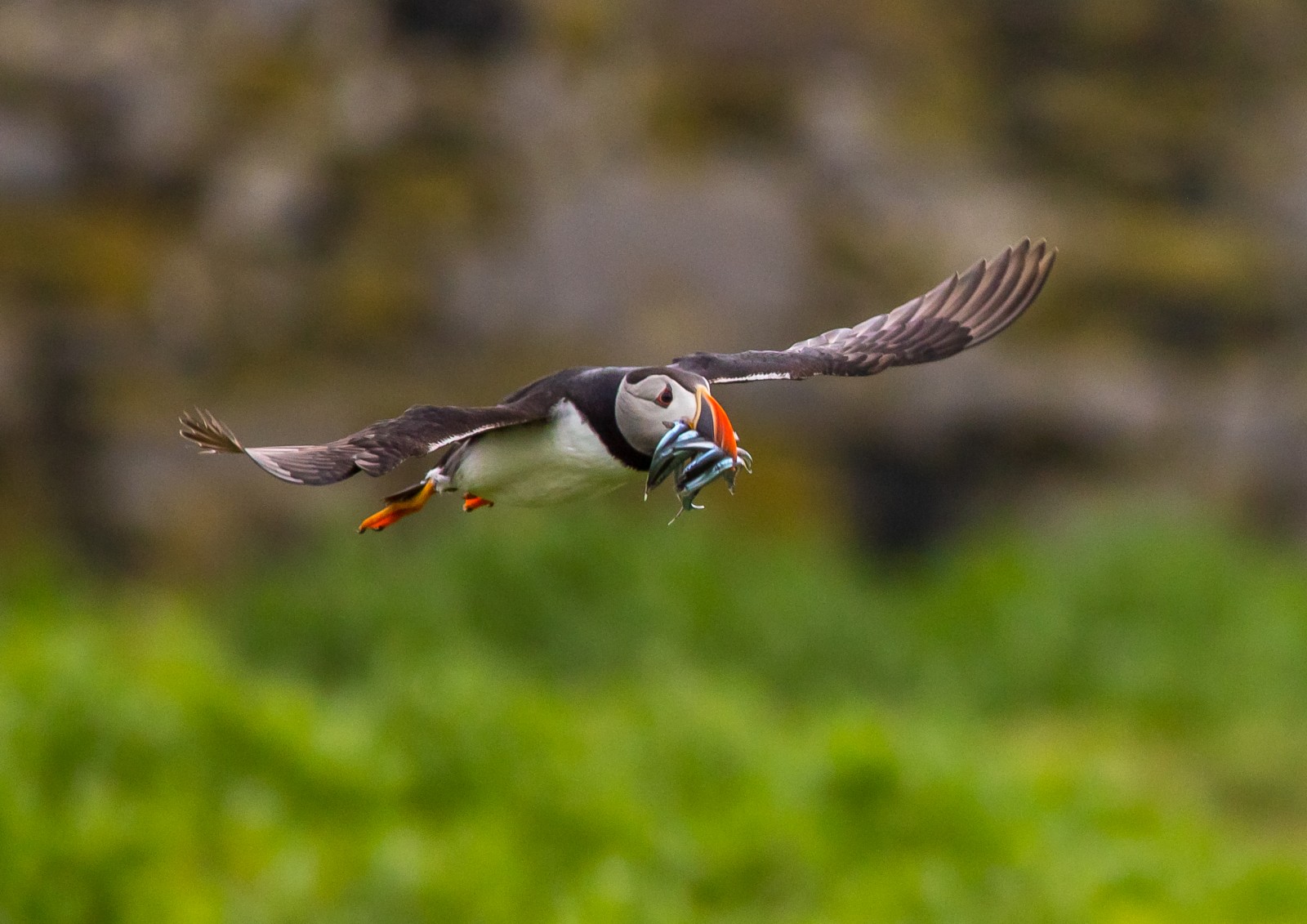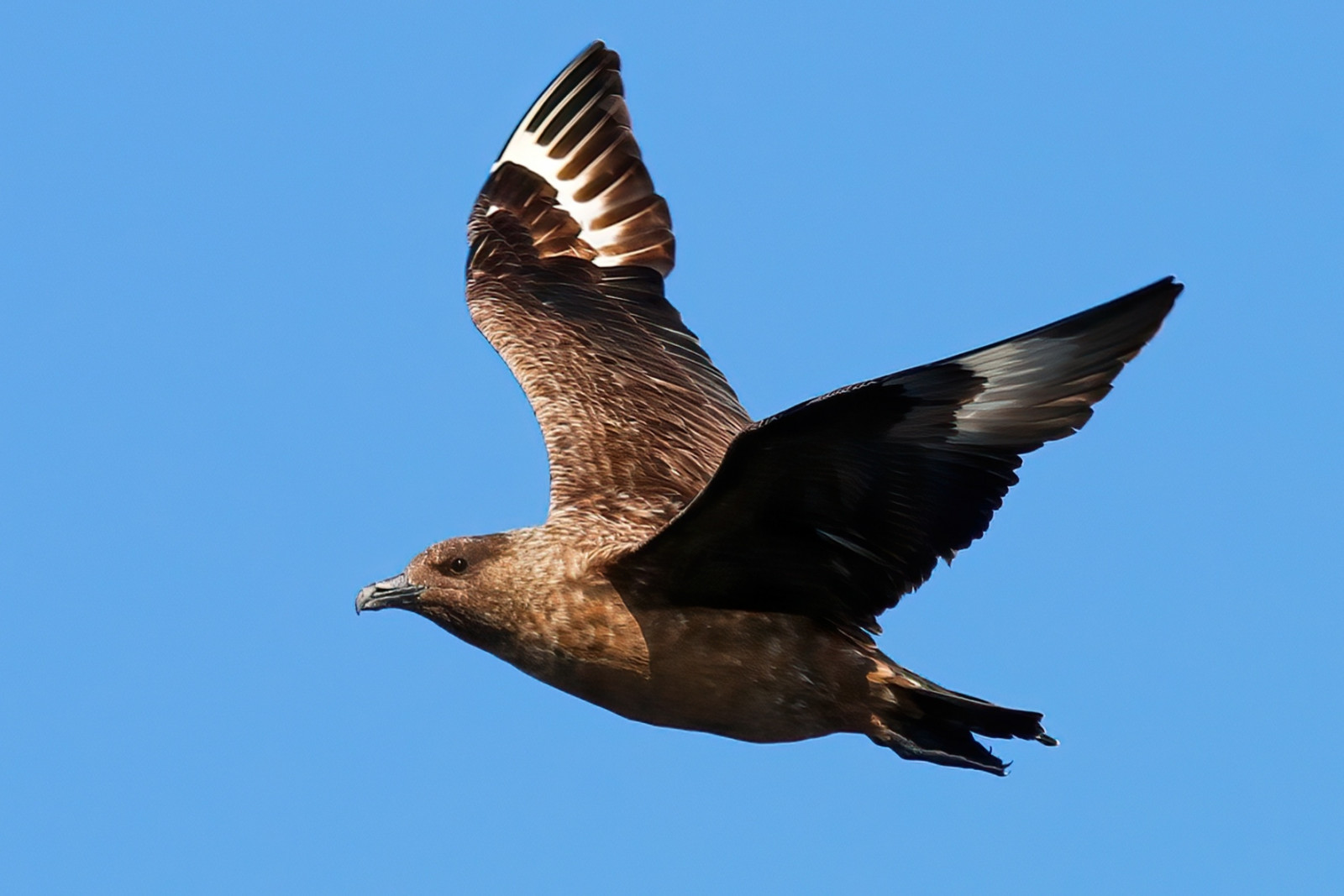Descrizione
Ingólfshöfði is a small isolated island between the black sands on the southern coast of Iceland and the North Atlantic Ocean. It is about 1200m long, 750m wide and 76m high. This rocky island is named after the first official inhabitant of Iceland, Ingólfur Arnarson, who spent his first winter in Iceland here with his tribe in the year 874 AD. The cliffs are full of birds. Gazza marina, Uria, Uria di Brunnich, Fulmaro, Gabbiano tridattilo and Stercorario maggiore are often seen here. About 300,000 Pulcinella di mare live and breed on the island.
Dettagli
Accesso
Ingólfshöfði is located between Skaftafell and Jökulsarlón. The island can only be visited by booking an excursion (Possible from Mid May to Mid August). To get to Ingólfshöfði you cross 7 km of waters, marshes, and sands in a tractor-drawn hay cart, a ride of about 20-30 minutes. Then there is a walk of 2 to 3 km, of which the first part goes quite steeply up. You are on the island for 1.5 hours to watch the birds. They also have a 3-hour excursion. You have to get up early, it leaves at 06.45. Check the website below for more details and prices.



